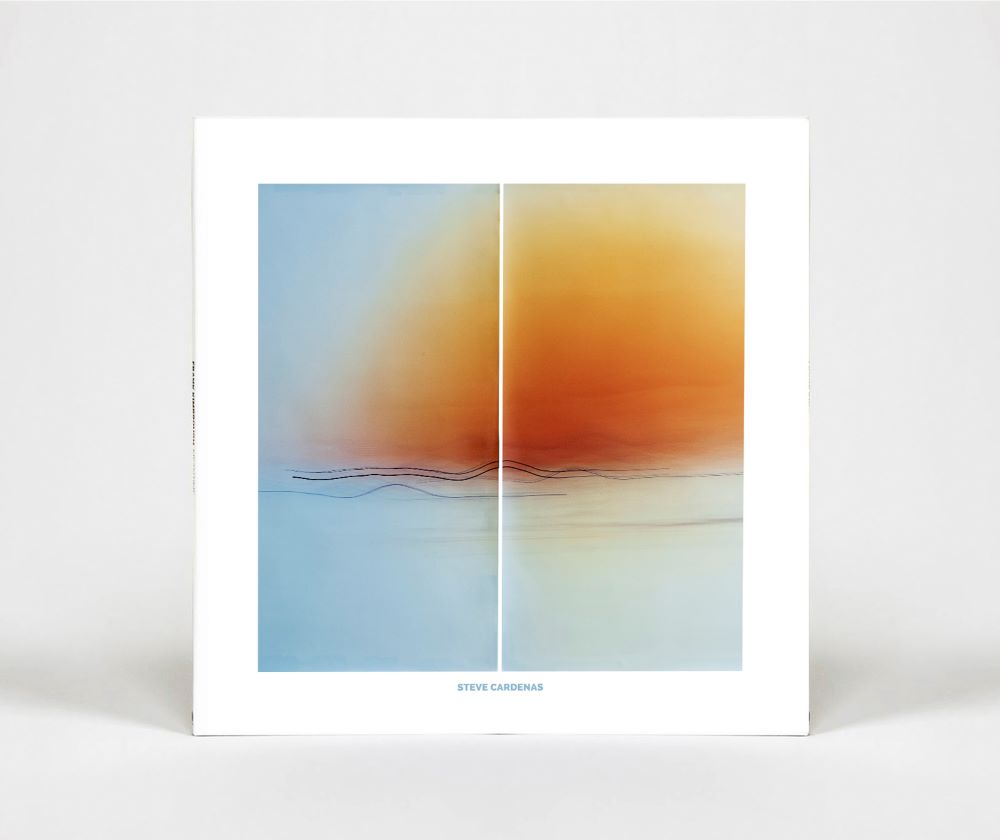Three classic Newvelle Vinyl Only releases now available digitally and streaming
Friday December 10th, Newvelle Records is proud to release three previously "vinyl only" records. Frank Kimbrough's masterpiece "Meantime" is the first record Newvelle Released and remains an inspiration for the type of music we want to produce. Aruan Ortiz's "Cuban Nocturne" from our Second Season is a deeply personal love letter to the music that shaped this world class musician. Steve Cardenas' "Charlie and Paul" is a tribute to two great friends, mentors and band mates of Steve Cardenas, Charlie Haden and Paul Motion, featuring a stellar quartet of musicians who were close to both icons.
Clockwise from top: 1) Aruan Ortiz, Steve Cardenas, Engineers Marc Urselli and Lou Holzman, Thomas Morgan, Matt Wilson,Steve Cardenas and Loren Stillman, Frank Kimbrough.
Hailed as a "testament to Aruán Ortiz's musicianship, and a historical tribute to Cuban classical music" by Audiophile Audition, "Cuban Nocturne's" nine tracks are each a reflection on the music that saturated the artist's childhood while growing up in Cuba. Featuring interpretations and improvisations on compositions from giants of Cuban classical music like Romeu and Lecuona, Aruán's work is clean, romantic, and crystalline. The title track exemplifies the pianist's skill at balancing and synthesizing the elements of his musical identity. Ortiz has been an active figure in the progressive jazz and avant-garde scene in the US for two decades and is considered "one of the most creative and original composers in the world" (The Art Music Lounge).
Frank Kimbrough's passing in December 2020 sent shockwaves through the New York jazz community – bandmates, students, friends, and collaborators alike. Available digitally for the very first time, Meantime is a testament to the artist's style: lyrical, melodic, focused on tone, and completely direct. He's joined here by Andrew Zimmerman on tenor saxophone, Chris Van Voorst Van Beest on bass, R.J. Miller on drums, and Riley Mulherkar on trumpet. Originally recorded in 2015 on vinyl for Newvelle Records, the album is the acclaimed label's very first pressing. Featuring "sound [that] is beautifully crisp" according to The New York Times, Meantime includes a mix of original compositions and interpretations across nine tracks. "Alabama Song," the classic Kurt Weil composition, kicks off the record, presenting Zimmerman's masterfully pure presentation of the melody, carried by Kimbrough in a gripping solo.
Steve Cardenas' 2017 tribute to the music of the great Charlie Haden and Paul Motian is now available digitally for the very first time. Charlie & Paul, originally recorded on vinyl for Newvelle Records, presents a beautiful focus on Haden and Motian's original compositions that seems to shimmer off the music. Hailed for its incredible acoustics by Audiophile Audition, the album features Cardenas on guitar, Loren Stillman on alto saxophone, Thomas Morgan on bass, and Matt Willson on drums. All of these musicians were featured in Haden and Motian's bands, perhaps explaining the clarity in their tone and approach toward these songs. "There in a Dream" is an unreleased track from the original record written by Charlie Haden.





























